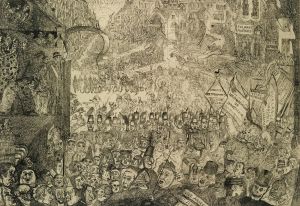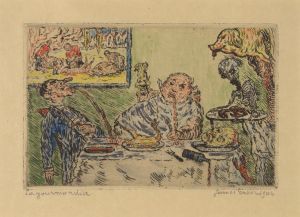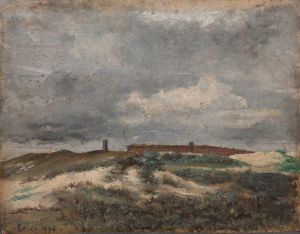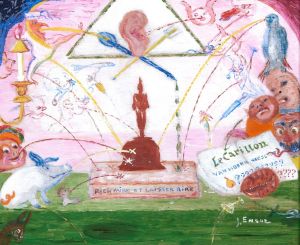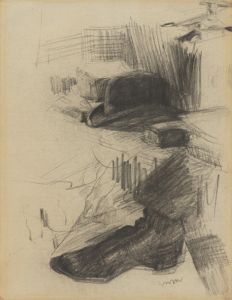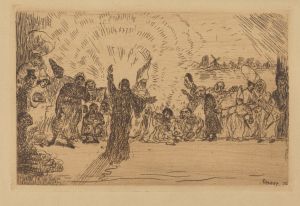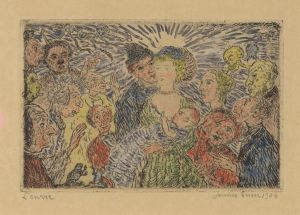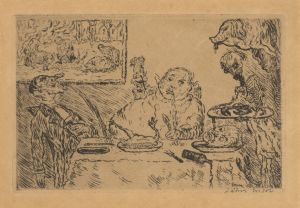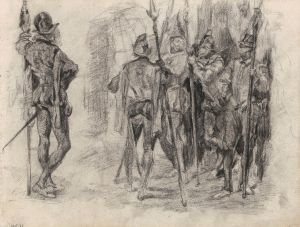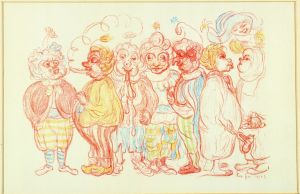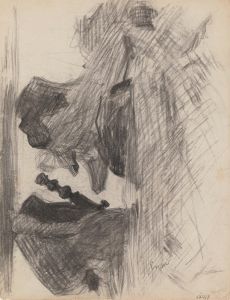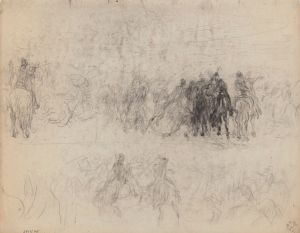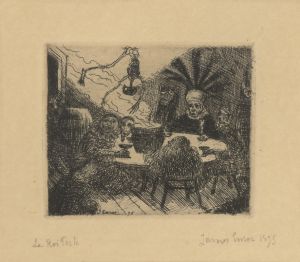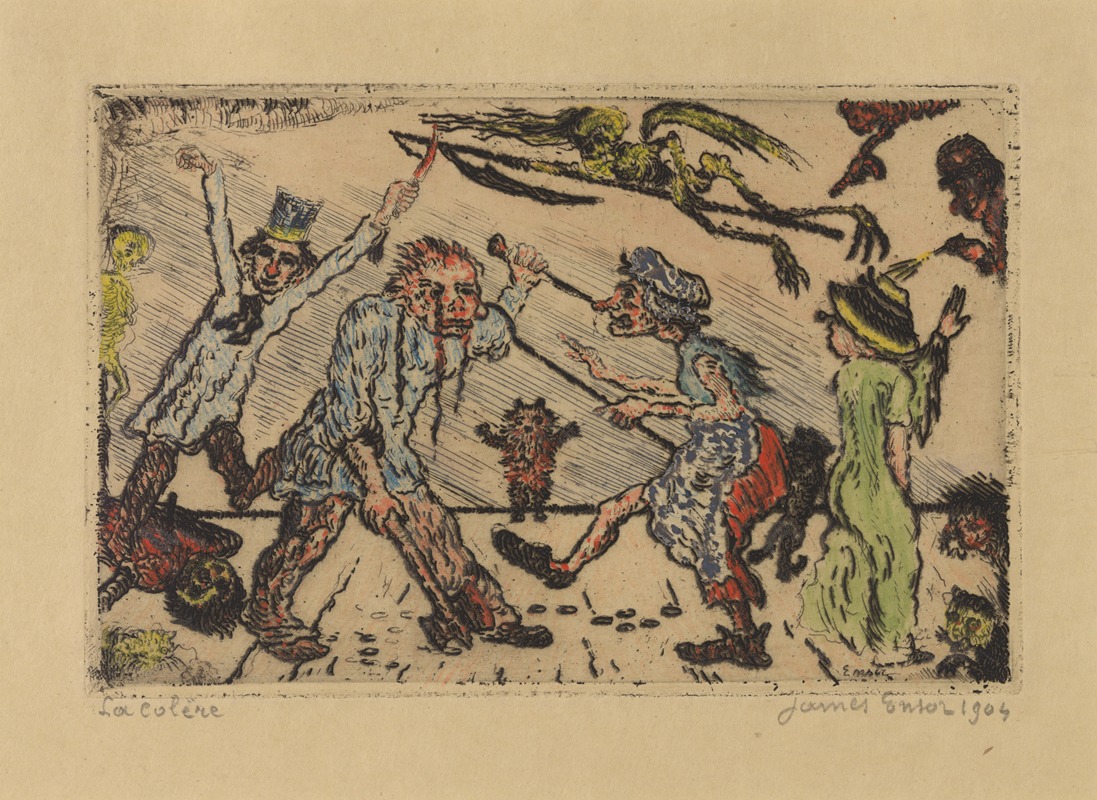
De gramschap
A hand-painted replica of James Ensor’s masterpiece De gramschap, meticulously crafted by professional artists to capture the true essence of the original. Each piece is created with museum-quality canvas and rare mineral pigments, carefully painted by experienced artists with delicate brushstrokes and rich, layered colors to perfectly recreate the texture of the original artwork. Unlike machine-printed reproductions, this hand-painted version brings the painting to life, infused with the artist’s emotions and skill in every stroke. Whether for personal collection or home decoration, it instantly elevates the artistic atmosphere of any space.
James Ensor, a Belgian painter and printmaker, is renowned for his unique and often macabre style that blends elements of symbolism and expressionism. One of his notable works is "De gramschap," which translates to "The Wrath" in English. This painting, created in 1888, is a striking example of Ensor's ability to convey intense emotion and social commentary through his art.
"De gramschap" is a vivid and chaotic composition that reflects Ensor's fascination with themes of anger, conflict, and human folly. The painting features a tumultuous scene filled with grotesque figures and distorted faces, a hallmark of Ensor's style. The characters in the painting are depicted in a state of frenzy, their exaggerated expressions and contorted bodies conveying a sense of turmoil and unrest.
Ensor's use of color in "De gramschap" is particularly noteworthy. He employs a bold and vibrant palette, with reds, yellows, and blues dominating the canvas. This use of color not only enhances the emotional intensity of the scene but also serves to draw the viewer's attention to the chaotic nature of the composition. The brushwork is loose and expressive, adding to the overall sense of movement and disorder.
The painting is also significant for its social and political commentary. Ensor was known for his critical view of society, and "De gramschap" can be seen as a reflection of his disillusionment with the world around him. The grotesque figures and chaotic scene may symbolize the artist's perception of the moral and social decay of his time. Ensor often used his art to critique the hypocrisy and corruption he saw in society, and "De gramschap" is a powerful example of this aspect of his work.
"De gramschap" is housed in the Royal Museum of Fine Arts in Antwerp, Belgium, where it continues to be a subject of study and admiration. The painting is an important piece in Ensor's oeuvre, showcasing his distinctive style and his ability to convey complex emotions and ideas through his art.
James Ensor's influence on modern art cannot be overstated. His innovative use of color, his exploration of psychological and emotional themes, and his willingness to challenge societal norms paved the way for future generations of artists. "De gramschap" remains a testament to Ensor's genius and his enduring impact on the art world.





